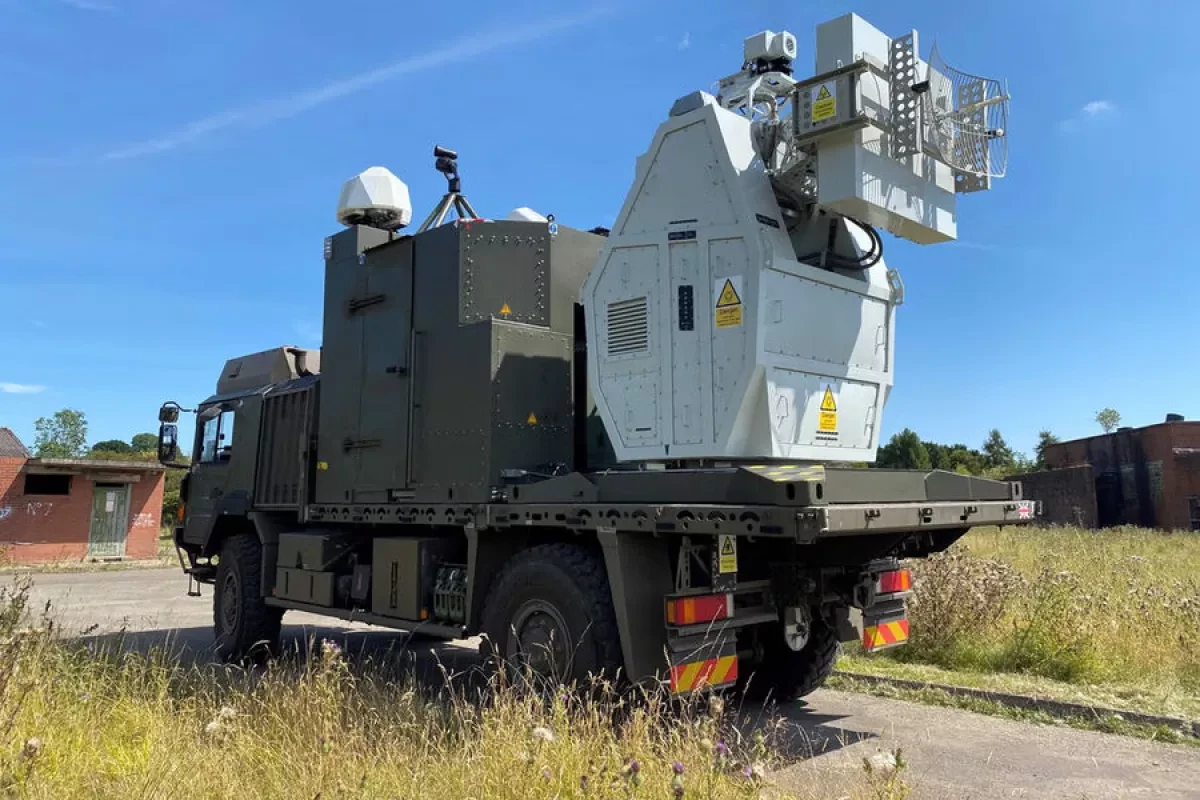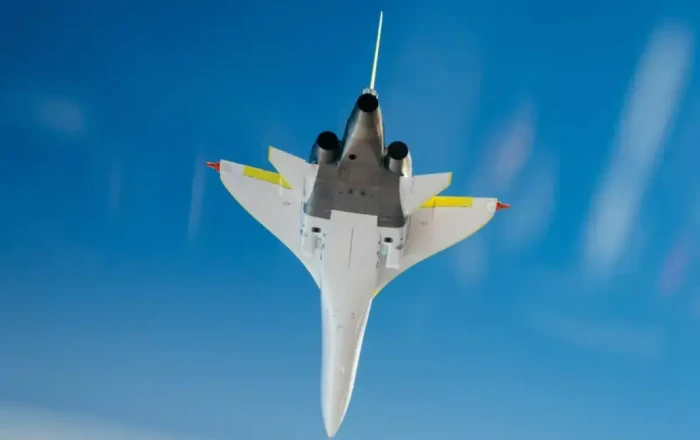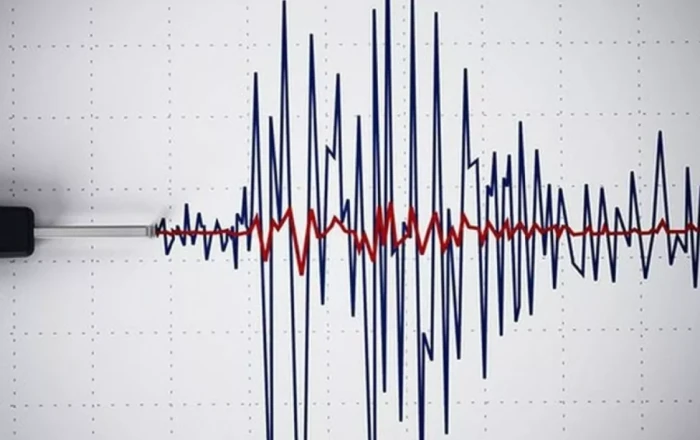British forces have successfully tested a revolutionary new weapon capable of disabling swarms of drones using high-frequency radio waves.
The trials at a weapons range in West Wales represent the British Army’s largest counter-drone swarm exercise to date, Caliber.Az reports via UK Government.
The weapon system, known as a Radiofrequency Directed Energy Weapon (RF DEW), uses invisible beams of high-powered radio waves to disrupt or damage the electronics inside drones, forcing them to crash or lose control. During the trials, over 100 drones were tracked and taken down, with the system proving capable of neutralising multiple targets simultaneously and within seconds.
The development is being led by Team Hersa, a partnership between Defence Equipment & Support and the Defence Science and Technology Laboratory, with the RF DEW demonstrator designed by Thales UK. The programme supports over 135 highly skilled jobs, with approximately 100 staff in Northern Ireland and another 30-35 roles in Chelmsford, Essex.
At an estimated cost of just 10 pence per shot, the weapon offers a low-cost, highly effective alternative to traditional missile-based air defence systems and could be integrated into the UK’s broader Layered Air Defence strategy. The system is effective at ranges of up to one kilometre and offers a critical advantage in targeting drones that cannot be jammed using standard electronic warfare methods.
The successful trial comes amid growing use of drone swarms on the battlefield, particularly in Ukraine, where UK Defence Intelligence estimates that over 18,000 drones were used in attacks last year. The British government is looking to future-proof national security with a major investment in emerging technologies, including RF DEW, as part of its wider Plan for Change. Starting in 2025–26, at least 10% of the MOD’s equipment procurement budget will go towards novel capabilities, following the announcement of the largest sustained increase in defence spending since the Cold War. By 2027, the UK is set to spend 2.5% of GDP on defence.
Maria Eagle, Minister for Defence Procurement and Industry, praised the trial, saying:
“This significant experiment exemplifies the strength of British innovation, driven by our home-grown industry, technology firms and scientific talent.”
She added that the weapon not only boosts UK defence capability but also supports national growth by creating jobs and stimulating high-tech industry across the country.
Sgt Mayers of the 106 Regiment Royal Artillery, who became the first British soldier to bring down drones using the RF DEW system, described the technology as “an exciting concept”, noting its ease of use and potential for further range and power enhancements.
Beyond battlefield applications, the RF DEW system could help bolster security at sensitive locations such as military bases and airports, potentially preventing drone-related disruptions and intrusions.
Nigel MacVean, Managing Director of Thales Integrated Airspace-protection Systems, stated:
“Thales continues to be at the forefront of this pioneering technology, and we are proud to continue research and development alongside our Government partners.”
Ministry confirmed it is working closely with industry to develop future RF DEW capabilities as part of its Defence Industrial Strategy, which aims to ensure the UK defence sector remains both globally competitive and a source of national economic strength.
By Aghakazim Guliyev
Source: caliber.az












